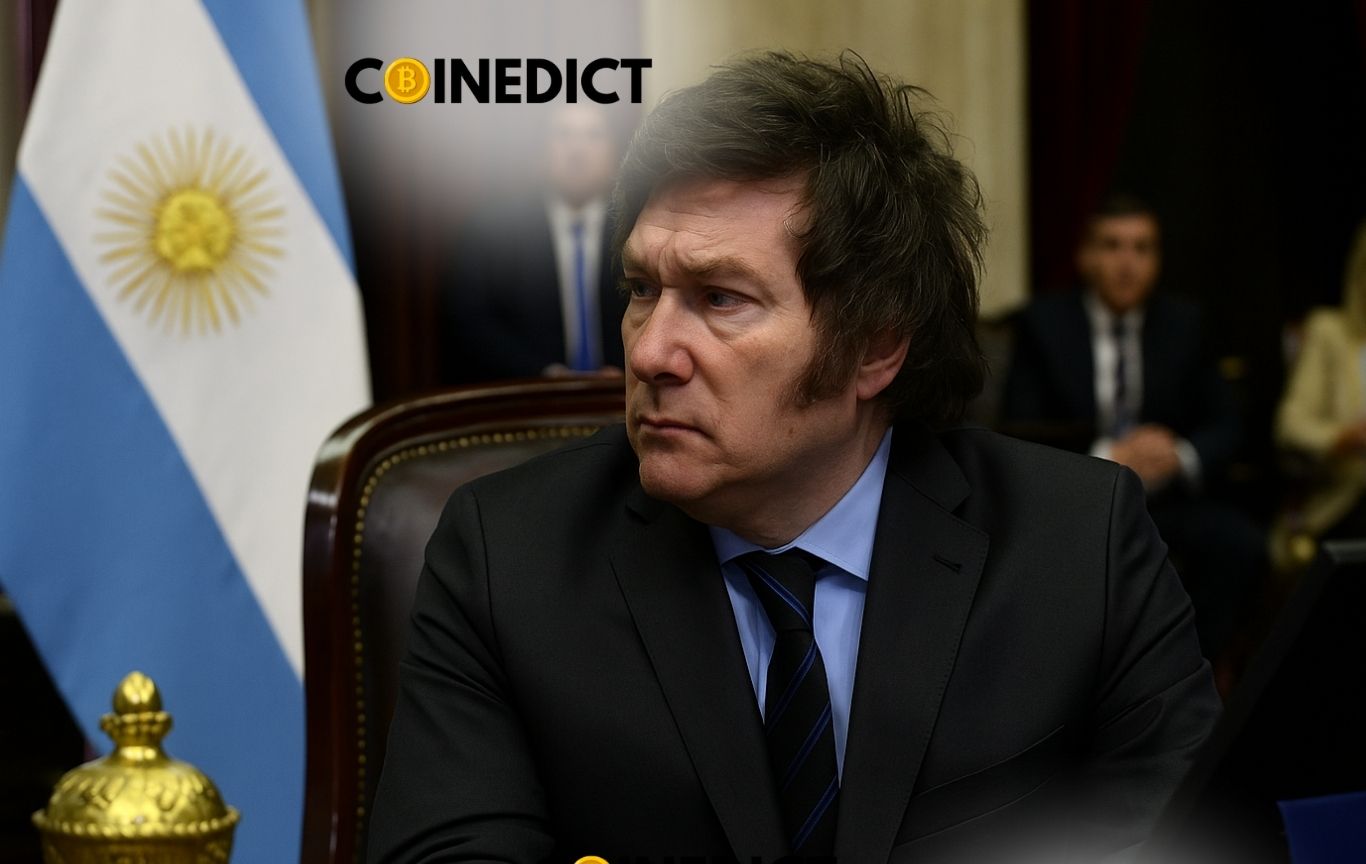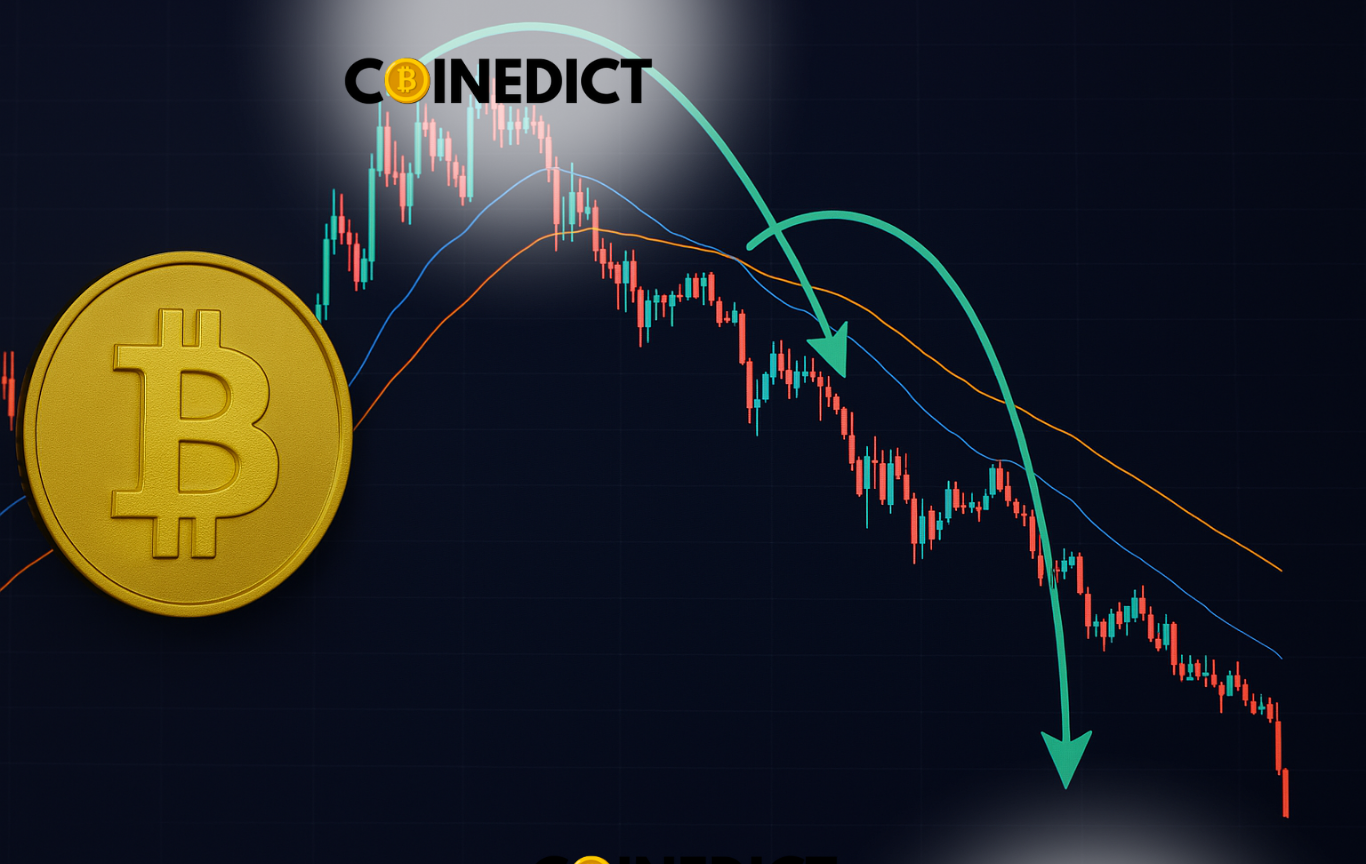In a historic move, U.S. President Donald Trump has officially created a Strategic Bitcoin Reserve, marking a major shift in how the government interacts with digital assets. This bold decision, executed through an executive order on Thursday, comes just one day before the highly anticipated White House Crypto Summit.
Bitcoin Takes Center Stage in U.S. Strategy
Under the newly signed order, the Treasury Department has been tasked with setting up a specialized office to oversee the reserve. The fund will be primarily stocked with Bitcoin (BTC) seized through criminal and civil asset forfeitures. According to the executive order, the rationale behind this initiative is simple: Bitcoin has a fixed supply, and being one of the first nations to secure a strategic reserve could offer long-term economic advantages.
In addition to Bitcoin, Trump has also ordered the creation of a U.S. Digital Asset Stockpile, which will include Ethereum (ETH), Solana (SOL), XRP, and Cardano (ADA). These assets were first mentioned in a social media post by Trump earlier in the week, triggering heated debate within the crypto industry.
How Big is the Reserve?
David Sacks, the White House AI and Cryptocurrency Advisor, took to social media platform X (formerly Twitter) to disclose that the U.S. government currently holds around 200,000 BTC. With Bitcoin trading at approximately $87,000, this puts the total estimated value of the reserve at a staggering $17.5 billion.
A Stark Contrast to the Previous Administration
Trump’s stance on crypto represents a complete departure from the restrictive approach of former President Joe Biden. Unlike the previous administration, which focused on stricter regulations and enforcement actions against crypto firms, Trump’s White House has given the industry a direct seat at the policymaking table.
The shift has sparked significant market volatility, as investors try to gauge the long-term implications of the government actively stockpiling Bitcoin and other cryptocurrencies. While some analysts view this as a legitimization of digital assets, others worry about the impact of government ownership on the free market.
Skeptics Raise Concerns
Critics argue that Bitcoin’s value is highly speculative and question the practicality of a government-held reserve. Hilary Allen, a law professor and well-known crypto skeptic, warned that the plan could backfire.
“The second the government starts selling, the price will tank,” Allen said in a statement to CNN. “This shows how fragile the market is—if you need the government to create exit liquidity for existing holders, that’s a red flag.”
What’s Next?
The market will now shift its focus to the White House Crypto Summit on Friday, which is expected to provide further clarity on the government’s digital asset strategy. Industry leaders, investors, and policymakers will gather to discuss regulation, stablecoins, and the next steps for the U.S. Crypto Strategic Reserve.
With uncertainty still looming, the crypto industry awaits potential surprises from the summit—a moment that could further shape the future of digital assets in the U.S. and beyond.











